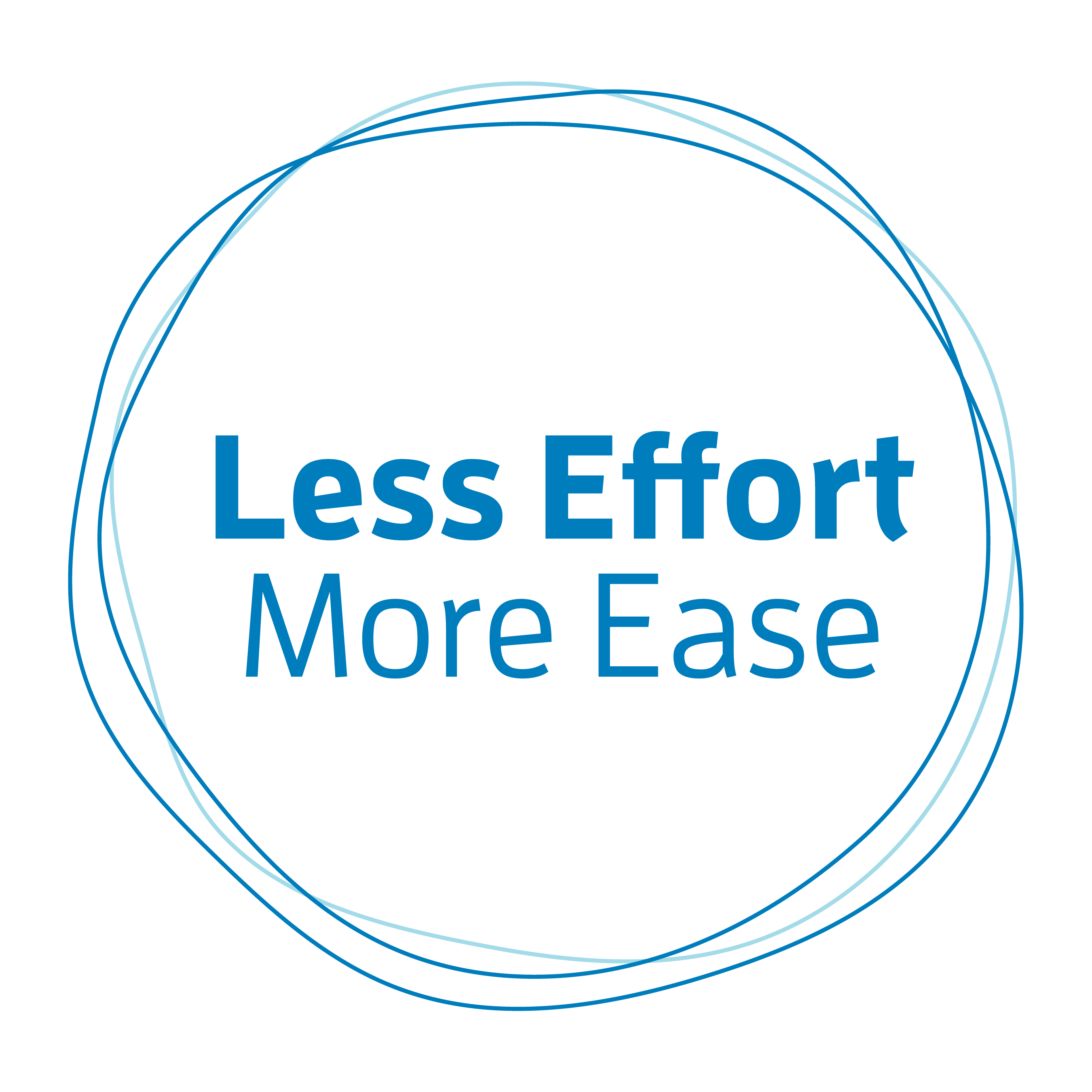This past spring, a new student called and set up three introductory lessons. At our first meeting, I asked her why she had come in. What did she want help with?
Posture, she said. She had scoliosis and was concerned with her posture. I explained to her that my job as an Alexander teacher was by no means to try to straighten her out and create an idealized posture. She seemed relieved.
Instead, I said, if she was interested, I could help her learn to become more aware of how she did things that might be contributing to the scoliosis. She could learn to manage the condition as best she could and find more ease in her body. She seemed interested.
She took three introductory lessons. At the end of the third lesson, she informed me that her job representing patients at a local hospital required her to “leave her body”. After she finished work the act of “coming back into her body” was exhausting.
I gently challenged her assumption about her job. If we really want something to change, we cannot keep going about things in the same old way day in and day out.
Learning the skill of being more present with yourself as you do your work is something the Alexander Technique can help you with. Think of it as the skill of being engaged with the How as well as the What you are doing. It is a skill. Skills take time to develop.
If you have told yourself that what you are doing requires you to ignore yourself completely (to “leave your body” in my student’s words)—and that you cannot possibly do the job and focus on how you are using yourself (link) at least some of the time you won’t get very far. This is just one example of a story we tell ourselves. And one example of how we get in our own way of making change.
I see these stories played out again and again with my students. As an Alexander Teacher, I am not immune either. An important part of my role as an Alexander teacher is to gently challenge my students—to put light on the stories they tell themselves—what FM Alexander, the founder of this work, would I believe call pre-conceived ideas.
As I stated in my last post if you are interested in working on your posture and your Use it does require tuning into yourself—being present some of the time. It just won’t happen any other way. Yes, you have to think about it.
There is an art to shedding light on students’ stories and gently challenging them. I must learn to read each student and choose to challenge them in the right way at the right time. I am not always successful.
A few weeks have passed and I have not heard again from this student. I may have challenged her too much or too soon, I don’t know. But until she is willing to at least question the notion that she can do her job at least some of the time without having to “leave her body” I don’t think she is going to make much change.
What stories do you tell yourself that are getting in the way of makings the change you want?
Image by Image by Виктория Бородинова from Pixabay




